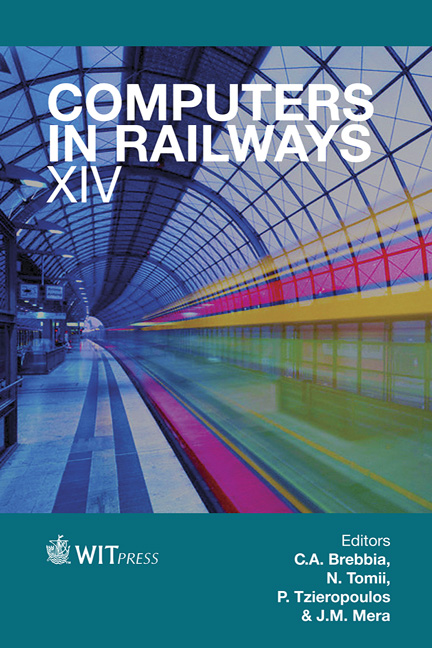Optimization Approaches Of Large Rail-freight Junctions
Price
Free (open access)
Transaction
Volume
135
Pages
11
Page Range
375 - 385
Published
2014
Size
1,045 kb
Paper DOI
10.2495/CR140311
Copyright
WIT Press
Author(s)
C. W. Flotzinger & M. Plasch
Abstract
Rail-freight junctions have the primary role of efficiently moving freight for the domiciled forwarders through interconnections to national and international transport corridors. To fulfil transport demands a holistic view of all relevant infrastructural components (e.g. intermodal facilities, shunting yards) is needed. Intermodal freight hubs use two or more forms of transportation to move goods. Freight yard complexes with their main functional components involving (i) receiving, (ii) switching and (iii) departure yard are directed to ensure transport in individual wagons. That results in a distress, when block trains, intermodal trains and full-load traffic concur within large junctions. Characteristically, large freight junctions are often historically grown, therefore limited in capacity and operationally inefficient. Based on that, the purpose of the project OPTImodal implies to bring different players of one considered junction together, in order to optimize logistics and transport processes and to develop the (cooperative) use of the infrastructural and operating resources on site. Results comprise the creation of a prototype with various functions implemented: (i) a disposition system for an effective empty wagon handling, (ii) an analysis tool for more efficient handling processes of the shunting yard (e.g. with adjusted time frames for opening hours) and (iii) a tool for reducing bottlenecks within the junction through smoothing the capacities by timely information use. Important manufacturers located at the site or nearby are looking for cost-efficient and operation-effective ways of getting their goods, components and services in and out of the junction. Aspects like an optimized availability of operational resources and a maximized degree of capacity utilization are fundamental to offer competitive transport chains and to gain
Keywords
optimisation and utilisation concepts, sustainability, co-operation, competitive rail-freight transport, rail-freight junction, information and risk management, modal shift





